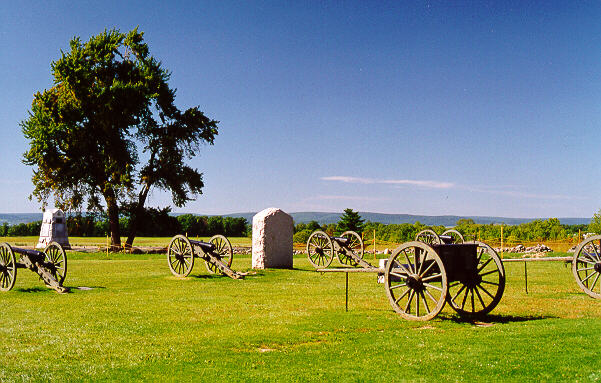
"Faithful until Death"
Cushing's Battery
The Angle, Gettysburg, 1997
Northern viewpoint.
Click here for Southern viewpoint.

I feel badly about the blandness of this photograph. There is nothing here to convey the import of the momentous events that occured on this field. It is the position held by Battery A of the 4th US Artillery on the afternoon of July 3, 1863, during the very climax of the great Battle of Gettysburg. The guns face toward the direction from which thousands of Confederate soldiers advanced on the Union position during that fateful afternoon on this sleepy field. Their goal was to push the northern army aside . . . they had been victorious against this very foe so many times in the past, few of them believed they would not triumph here also. A great victory on Northern soil, bringing perhaps European recognition and intervention. . . .a virtual guarantee of independence for The Confederacy and a death stroke to The Union. They had no doubt they were the better force . . . it had been proven to their satisfaction on many fields in the past.
Trouble was, The Army of The Potomac, despite their many humiliations at the hands of these Southern foes, did not quite accept that they were somehow not the equal of Southern soldiers. This day, in a strong position and behind massed artillery, they were very prepared to prove it should the Southerners be so inclined as to put the issue to the test one more time.
The Southerners were indeed so inclined.
Battery A, 4th US Artillery was commanded by Lt. Alonzo Cushing, West Point, Class of 1861. Their
position, by a capricious act of fate, placed them precisely at the focus of the great Southern advance that history has come to call
"Pickett's Charge."
As the Southern advance began, one of the last rebounding shots of a
great cannonade from the Confederate line on Seminary Ridge tore into
Alonzo Cushing's body, wounding him terribly and mortally. Death, while
obviously soon to come, was not immediate however. His sergeant
suggested that Alonzo must retire to the rear as the Confederates
continued to approach in large numbers. Cushing refused. With the
assistance of the gunnery sergeant, he hobbled over to confer
with his commanding officer. "If I had some men I could still work my
guns," he told his commander. The commander concurred and Alonzo gave
the sergeant the order, "By hand to the front!"1 The remaining pieces in the battery still capable of
being fired were wheeled to the front by hand into the very teeth of
the advancing Confederates. Moments later, while yelling the order to
fire, a Confederate minie ball tore into Alonzo's face, some say
through the roof of his open mouth, others somewhat higher. He buckled,
fell to his knees and died in his sergeant's arms. The account of his death from a man who witnessed it follows:
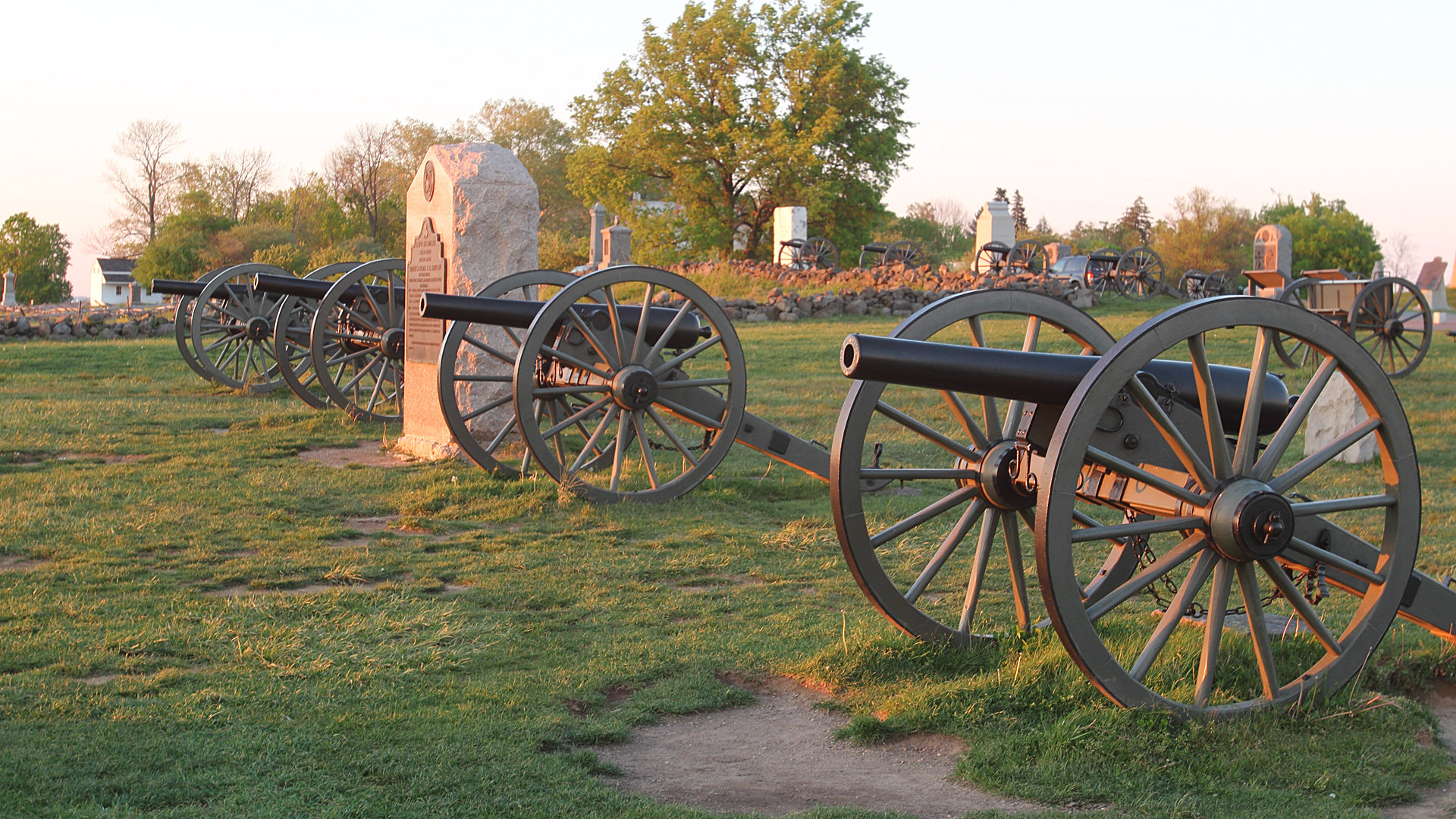
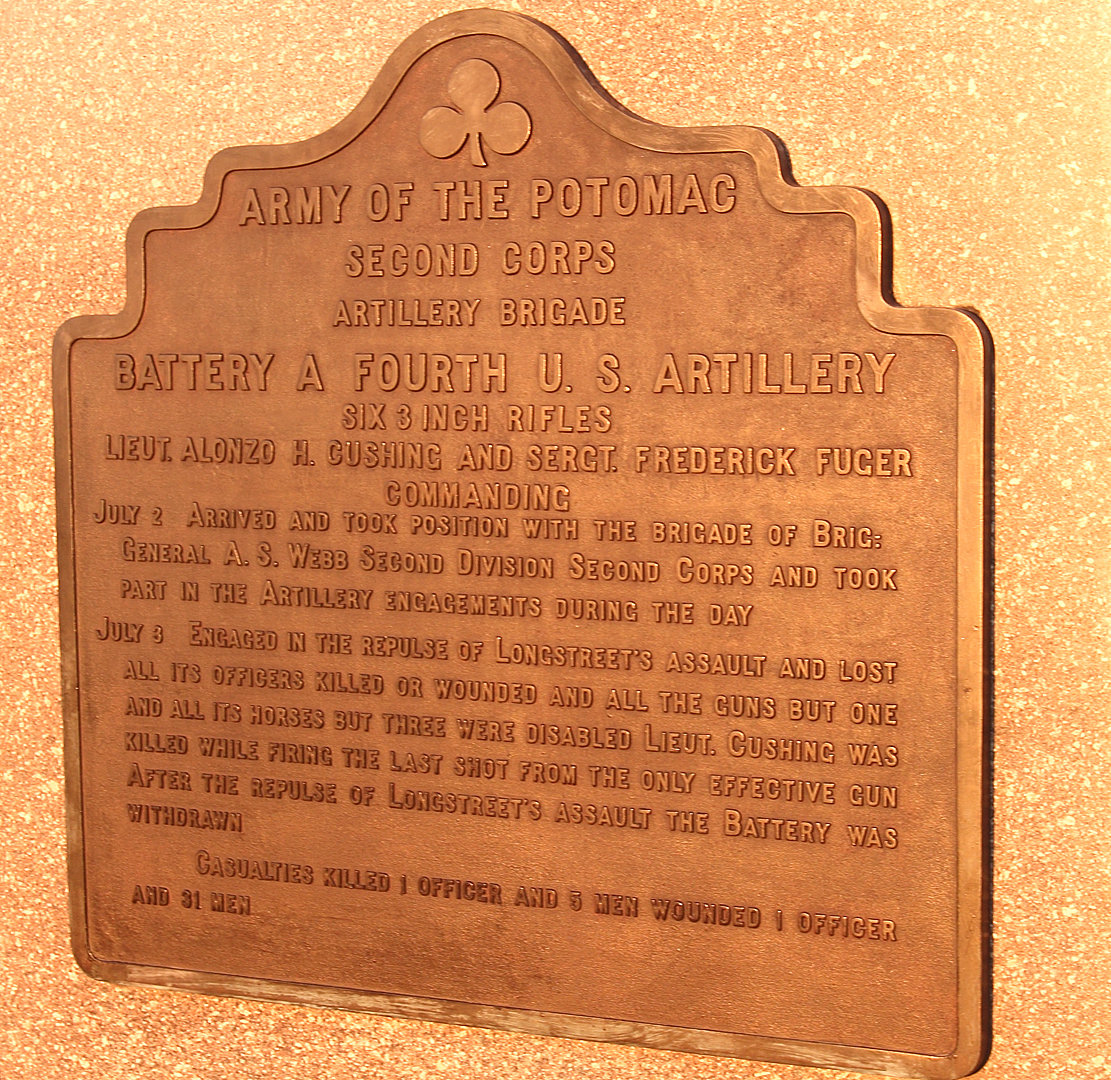
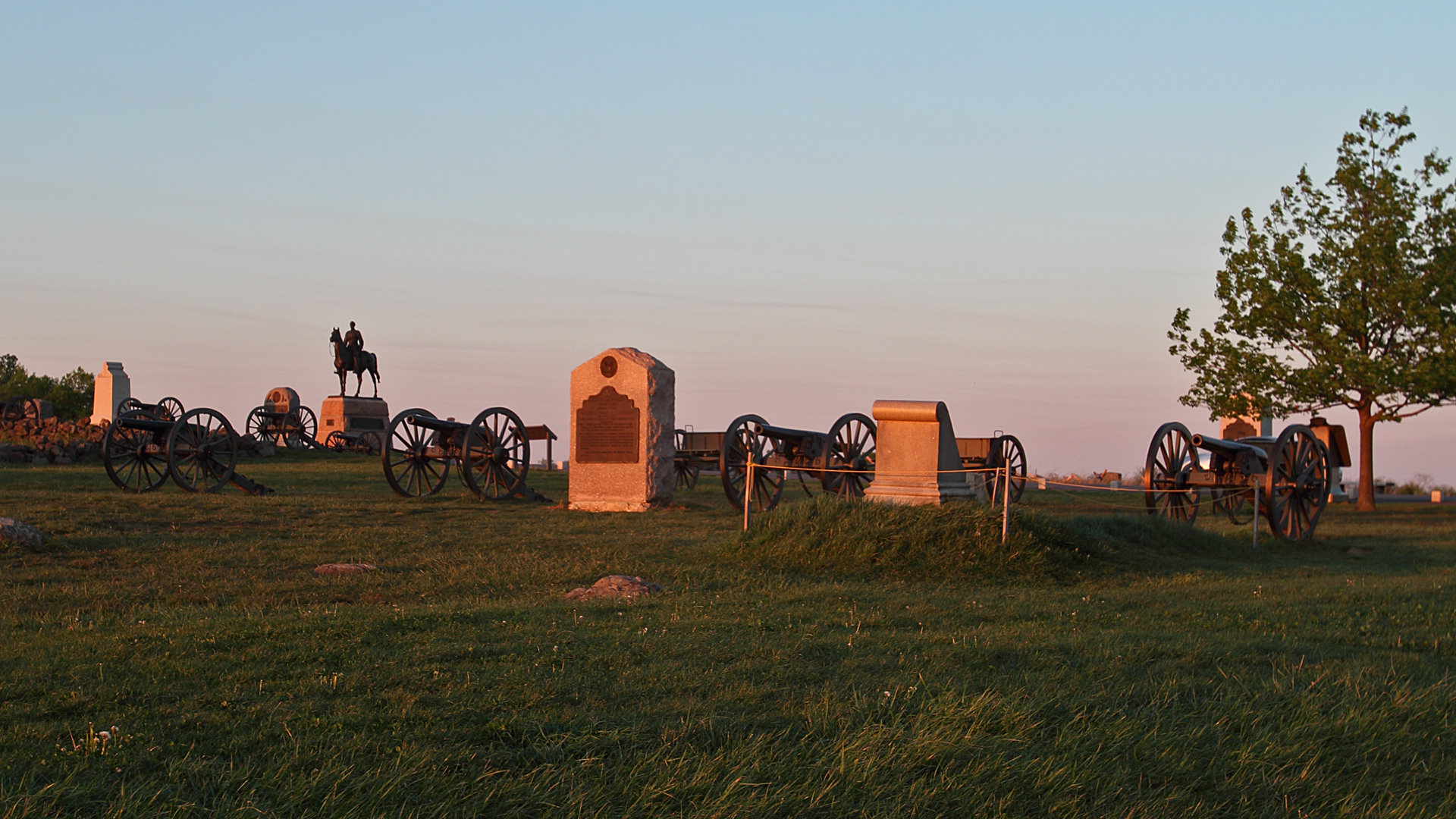
We all know of the pantheon of Northern heroes that went into history during this war, Grant, Sherman, Lincoln . . . the great men.
While no one man can be credited with "saving the Union," and no one patch of ground can be singled out as "the" place where it was saved, surely no one man gave more than Alonzo Cushing and no patch of ground was more important in its saving than the field shown here, where he fell.
When his torn body was collected by his brother and sent to his mother for burial at West Point, Alonzo Cushing was all of 22 years of age. On his tombstone, as seen below, she included the inscription that heads this page. Surely the words were never more fitting.
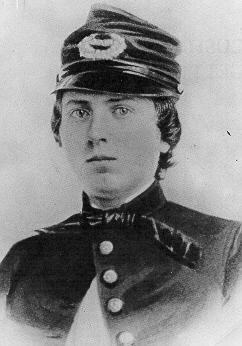
Lt. Alonzo Hereford Cushing
Photographed in May, 1861, two years before he met death at "The Angle" while commanding his battery.
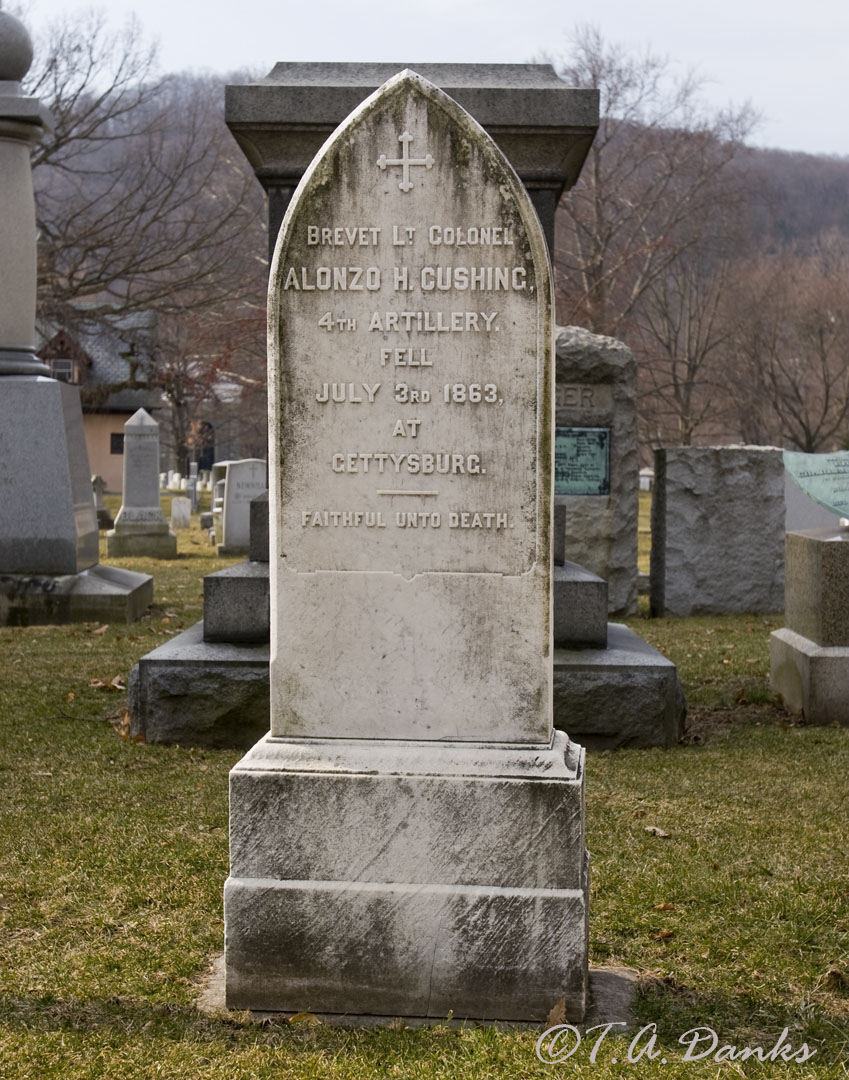
1/ Details as recounted in Cushing of Gettysburg, Kent Masterson Brown, University Press of Kentucky, 1993
2/ As recounted in the July 17, 1863 report of Col. Norman J. Hall, Seventh Michigan Infantry from O.R. Series 1 vol XXVII/1 Sec 43
Click here for Southern viewpoint.
Use "Back" button or Return to Home